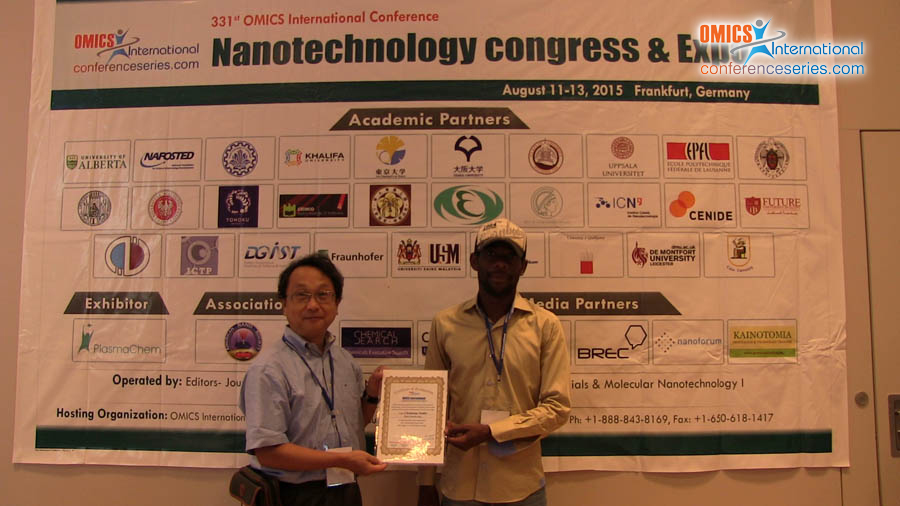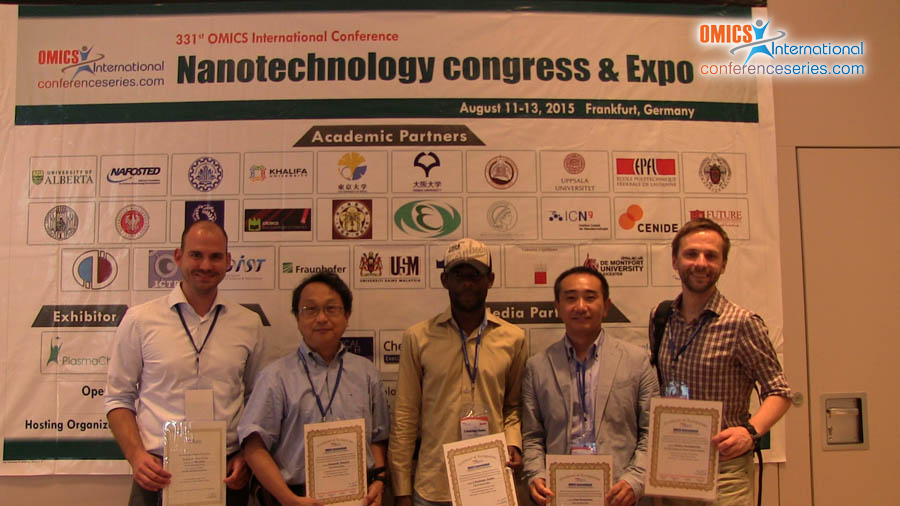
Stephane Boubanga Tombet
Tohoku University, Japan
Title: Plasmon-resonant terahertz emitters and detectors and their system applications
Biography
Biography: Stephane Boubanga Tombet
Abstract
This paper reviews recent advances in the development of plasmon-resonant terahertz (THz) emitters and detectors and their THz system applications. Two-dimensional (2D) plasmon resonance is introduced as the operation principle for broadband emission and detection of THz radiation. Two-dimensional plasmons in submicron transistors have attracted much attention due to their ability to promote emission and detection of electromagnetic radiation in THz range. Coherent plasmonic THz emission can be obtained by the plasma wave instability mechanisms like Dyakonov–Shur Doppler-shift model, but it suffers from incoherent broadband emission at 300K originated from thermally excited hot plasmons. On the other hand, hydrodynamic nonlinearities of 2D plasmons in high-electron-mobility transistors (HEMTs) are promising for fast and sensitive rectification/detection of THz radiation, which are suffering, however, from poor sensitivity in the case of grating-gate-type broadband antenna structures. In order to cope with these problems, we propose an asymmetric, chirped-dual-grating-gate (AC-DGG) HEMT structure. In comparison with conventional symmetric DGG structure, the asymmetric DGG exhibits substantially improved sensitivity and emissivity. Excellent THz emission and detection performances including coherent monochromatic emission at frequencies above 1 THz and the record detection responsivity of 6.4 kV/W at 1 THz and 21.5 kV/W at 0.3 THz were experimentally demonstrated. The fabricated AC-DGG HEMT detectors were used for nondestructive material evaluations based on THz imaging successfully reproducing the 2D images of the inside of an IC card, soap bars in a plastic bag, etc.



